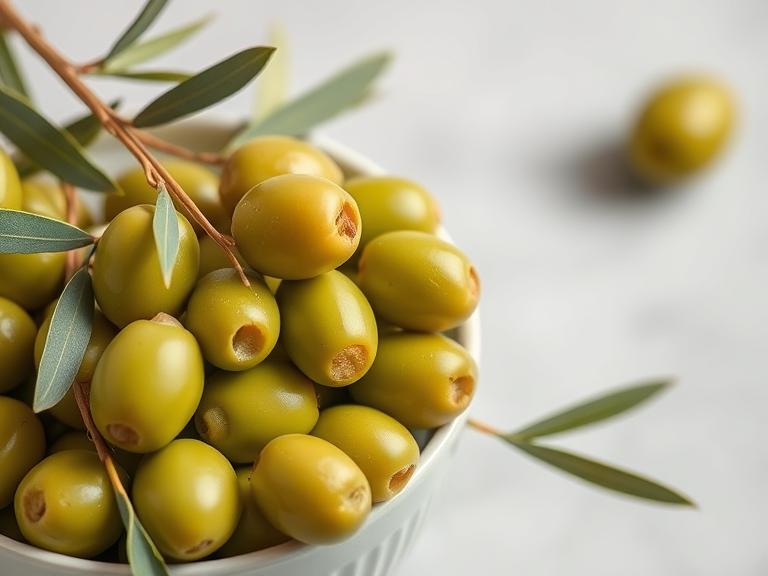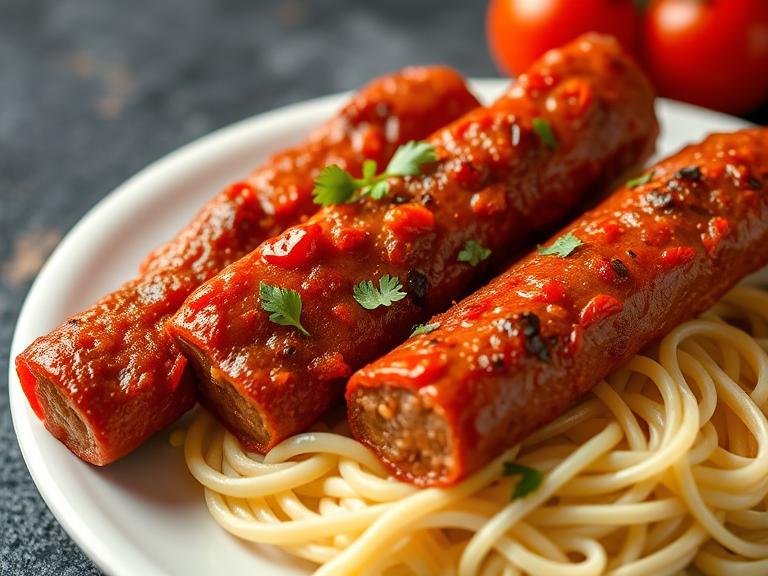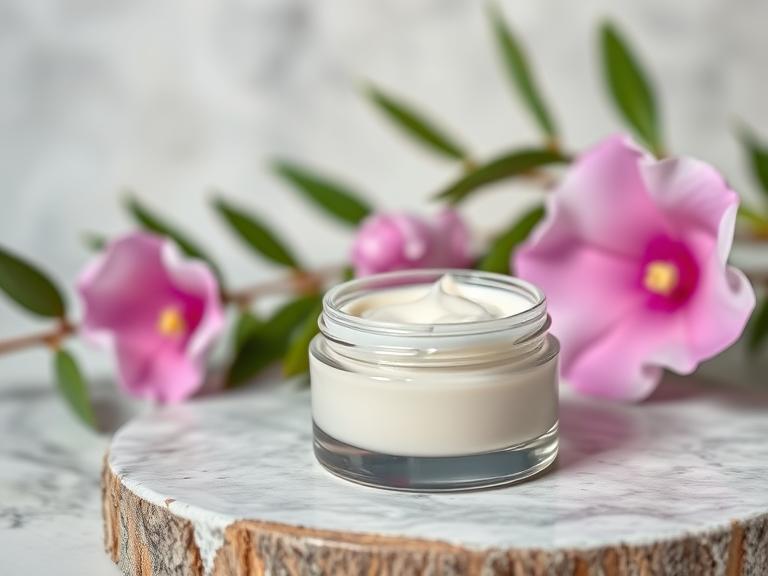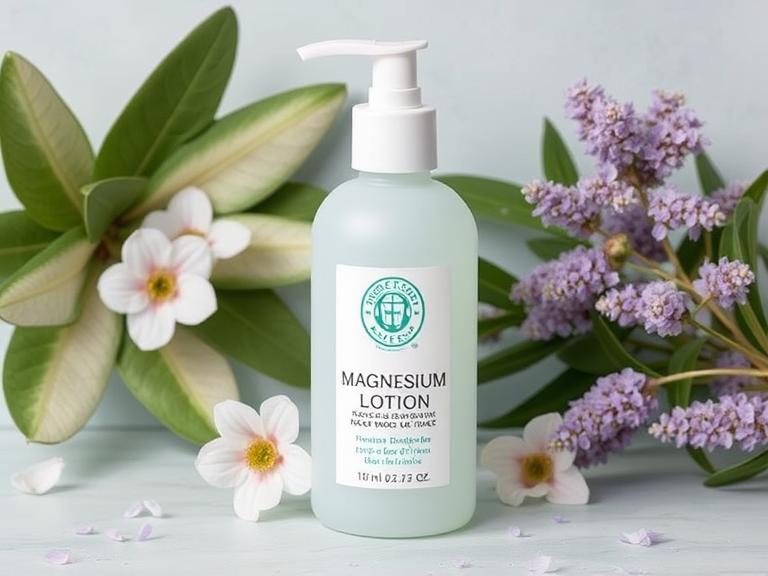
green olives
Table of Contents
Green olives are a key part of many diets, like the Mediterranean diet. They add flavor to dishes and are full of nutrients and antioxidants.

Green olives are rich in healthy fats. They help reduce inflammation and improve heart health. Knowing the good and bad about green olives helps us make better food choices.
Key Takeaways
- Green olives are rich in healthy fats and antioxidants.
- They provide several health benefits, including anti-inflammatory effects.
- Understanding their nutritional value is key for a balanced diet.
- Green olives can be a healthy addition to various meals.
- Being aware of possible side effects is important for overall well-being.
The Remarkable World of Green Olives
The world of green olives is truly fascinating. It has a rich history and many uses in cooking. Green olives are a key part of Mediterranean cuisine. They are loved for their unique taste and health benefits.
Harvesting and Processing Methods
Green olives are picked before they ripen. This timing is key for the best taste and texture. They are often hand-picked or collected with mechanical rakes.
After picking, they go into a brine solution. This removes bitterness and boosts their flavor.
The way olives are processed greatly affects their taste and texture. Some use lye to speed up the process. Others prefer traditional methods like repeated rinsing and soaking.
Green vs. Black Olives: Understanding the Difference
The main difference between green and black olives is when they are picked. Green olives are picked early, while black olives are allowed to ripen. This affects their flavor and texture.
- Green olives are firmer and taste more bitter.
- Black olives are softer and milder.
Historical Significance in Mediterranean Culture
Green olives have been important in Mediterranean culture for centuries. They are not just food but also symbols of peace and prosperity. They are a key ingredient in many traditional dishes and are often enjoyed at social gatherings.
Olive cultivation goes back thousands of years. Ancient civilizations used olive oil. Olives are deeply valued in cultural and religious rituals.
Nutritional Profile: What Makes Green Olives Special
Green olives are more than just a tasty snack. They are full of nutrients that offer many health benefits. They have essential fats, vitamins, minerals, and antioxidants.
Essential Fats and Fatty Acid Composition
Green olives are rich in monounsaturated fats, like oleic acid. This fat is good for your heart. It helps lower bad cholesterol and raise good cholesterol, which is great for your heart.
Vitamin and Mineral Content
Green olives are a good source of vitamins and minerals. They have vitamin E, which is an antioxidant, and iron. Iron is important for healthy red blood cells. Here’s a table showing some of the key vitamins and minerals in green olives.
| Nutrient | Amount per 100g | Health Benefit |
|---|---|---|
| Vitamin E | 3.81 mg | Antioxidant properties |
| Iron | 3.3 mg | Supports healthy red blood cells |
| Copper | 0.25 mg | Essential for connective tissue health |
Polyphenols and Antioxidant Compounds
Green olives are full of polyphenols, which are strong antioxidants. These compounds protect the body from free radicals. They help lower the risk of diseases like cancer and heart disease.
Oleuropein and Its Unique Benefits
Oleuropein is a special polyphenol in green olives. It has antioxidant and anti-inflammatory properties. Studies show it may help lower blood pressure and improve heart health.
Green olives are a great addition to a healthy diet. They are rich in essential fats, vitamins, minerals, and antioxidants. These nutrients contribute to their many health benefits.
8 Proven Health Benefits of Green Olives
Green olives are packed with antioxidants and healthy fats. They offer many health benefits, from heart health to brain function. Adding them to your diet can greatly improve your health.
Heart Disease Prevention
Green olives have monounsaturated fats that are good for the heart. They lower bad cholesterol and raise good cholesterol. This helps prevent heart disease and stroke.
Blood Pressure Regulation
Green olives are full of potassium, which helps control blood pressure. Potassium balances out sodium, making blood vessels relax. This can lower blood pressure and keep it healthy.
Cancer-Fighting Properties
Green olives have antioxidants and compounds that fight cancer. Oleuropein, found in olives, may stop cancer cells from growing. More research is needed, but green olives could help prevent cancer.
Bone Health Support
Green olives are rich in minerals like calcium, which is key for bones. Eating them regularly can help keep bones strong. This may lower the risk of osteoporosis and fractures in older people.
Brain Function Enhancement
Green olives support brain health with their antioxidants and healthy fats. They may reduce the risk of cognitive decline and diseases like Alzheimer’s and Parkinson’s. Their anti-inflammatory properties also help the brain stay healthy.
In summary, green olives offer many health benefits. They support heart health, prevent cancer, and help bones and brains. Adding green olives to your diet can boost your overall well-being.
Green Olives for Weight Management and Metabolism
Green olives are full of healthy fats. They can boost your metabolism and help with weight loss. They are a great choice for anyone trying to manage their weight.
Healthy Fats and Satiety
Green olives have monounsaturated fats. These fats make you feel full and satisfied. This can help you eat fewer calories, which aids in weight loss.
Adding green olives to your meals can stop you from overeating. They add flavor and texture, which is great for those watching their calories.
Metabolic Benefits of Olive Consumption
Eating green olives can improve your metabolism. They have antioxidants and polyphenols. These help your body burn fat better and make insulin work more efficiently.
| Metabolic Benefit | Description |
|---|---|
| Enhanced Fat Burning | Green olives contain compounds that may increase the body’s ability to burn fat. |
| Improved Insulin Sensitivity | The polyphenols in green olives can help regulate blood sugar levels. |
| Increased Metabolic Rate | The healthy fats and antioxidants in green olives may contribute to a higher metabolic rate. |
Incorporating Green Olives into Weight-Loss Plans
To add green olives to your weight-loss plan, try them in salads or on whole-grain bread. A good starting point is 10-15 green olives a day.
Remember, green olives have sodium. This is a concern for people with high blood pressure. Choose low-sodium options or rinse them before eating.
Digestive Health Advantages
Eating green olives can help your digestive system. They are full of nutrients that keep your digestive tract healthy.
Prebiotic Effects on Gut Microbiome
Green olives have prebiotic fibers that feed the good bacteria in your gut. Prebiotics are non-digestible parts of food that help feed beneficial bacteria, making your gut microbiome balanced.
Fiber Content and Digestive Function
The fiber in green olives helps with regular bowel movements and prevents constipation. Eating foods high in fiber, like green olives, helps your digestive system work better and keeps gut bacteria healthy.
Anti-Inflammatory Effects on the Digestive Tract
Green olives are packed with antioxidants and polyphenols. These have anti-inflammatory properties that soothe and protect your digestive tract. Reducing inflammation in the digestive system can improve your health and lower the risk of digestive problems.
Adding green olives to your diet can bring many digestive health benefits. They support a healthy gut microbiome and overall well-being.
Potential Side Effects and Precautions
Green olives are good for you, but they can also cause problems. They can be part of a healthy diet, but some people might have issues.
High Sodium Content: Risks for Certain Populations
Green olives have a lot of sodium because of how they’re made. This is bad news for people with high blood pressure. Too much sodium can harm your heart.

Allergic Reactions and Sensitivities
Some people might be allergic to olives or have sensitivities. Symptoms can be mild or very serious. It’s important to watch for any bad reactions to green olives.
Drug Interactions to Be Aware Of
Green olives can mess with some medicines. This is true for blood pressure drugs and blood thinners.
Blood Pressure Medications
The sodium in green olives can fight against blood pressure meds. This makes it hard to keep blood pressure under control. People taking these meds should talk to their doctor about how much green olives they can eat.
Blood Thinners
Green olives have a lot of vitamin K, which helps blood clot. Eating a lot of green olives while on blood thinners like warfarin can mess up the medicine. It’s important to watch vitamin K intake for people on blood thinners.
In short, green olives are usually good for you. But, it’s key to know the risks, mainly for people with health issues or taking certain medicines.
Creative Ways to Include Green Olives in Your Diet
Exploring green olives can open up new culinary adventures. They add flavor to meals and offer health benefits. You can add them to your diet in many creative ways.
Mediterranean-Inspired Recipes
Mediterranean food often features green olives. Try making a Greek salad with green olives, tomatoes, cucumbers, feta cheese, and olive oil. You can also add them to pasta sauces for extra flavor.
Snacking Ideas and Pairings
Green olives are perfect as a snack alone or with other foods. Mix them with almonds and cheese for a healthy snack. They also add a salty touch to your charcuterie board.
Cooking Techniques to Preserve Nutritional Value
Using the right cooking methods is key to keeping green olives nutritious. Steaming or grilling are good choices. Avoid high heat to keep their nutrients intact.
Recommended Daily Intake
Green olives are healthy but should be eaten in moderation. Aim for 5-7 olives a day. This balance helps you enjoy their benefits without too much sodium.
How to Select and Store Green Olives
To enjoy green olives fully, knowing how to pick and store them is key. Whether you’re a pro chef or just love cooking, learning about green olives can make your dishes better. It also helps you get the most from their taste and health benefits.
Popular Varieties and Their Flavor Profiles
Green olives have many flavors and textures, based on the type and how they’re made. Here are some well-known ones:
- Manzanillo: Known for their crisp texture and slightly sweet flavor.
- Castelvetrano: Bright green and sweet, with a buttery flavor.
- Picholine: Nutty and slightly sweet, often used in French cuisine.
Jarred vs. Fresh: Pros and Cons
Green olives come in jarred and fresh forms. Jarred ones are easy to find and last longer, but might have preservatives. Fresh olives taste better but need curing or brining.

Organic and Sustainable Options
For a greener choice, look into organic and sustainable green olives. These are grown without harmful chemicals, helping the environment.
Proper Storage for Maximum Freshness
To keep green olives fresh, store them in an airtight container in the fridge. For jarred ones, always seal the jar well after use. Fresh or brined olives should stay in their brine to avoid spoilage.
By following these tips, you can enjoy your green olives at their best. Whether in recipes or as a snack, they’ll be perfect.
Conclusion
Adding green olives to your meals can greatly improve your health. They are packed with nutrients and offer many health benefits. This makes them a great choice for anyone looking to eat healthier.
Green olives are good for your heart and brain. They can help keep your heart healthy and improve your brain function. Knowing the good and bad about green olives helps you use them wisely in your diet.
Green olives can help with digestion and weight management. They also add a tasty flavor to your food. So, give green olives a try and see how they can benefit you.
FAQ
What are the main health benefits of consuming green olives?
Green olives are packed with antioxidants, healthy fats, and nutrients. They help prevent heart disease, control blood pressure, and may fight cancer. They also support bone and brain health.
How do green olives aid in weight management?
Green olives have healthy fats that make you feel full, aiding in weight control. They also boost metabolism, helping with weight loss when part of a balanced diet.
Are there any potentially harmful side effects of eating green olives?
Green olives are mostly safe but high in sodium, which is a concern for some. They can cause allergies in others and may affect blood pressure and blood thinner medications.
How can I incorporate green olives into my diet?
Enjoy green olives in Mediterranean dishes, as a snack, or in various recipes. Use minimal heat and proper storage to keep their nutrients intact.
What is the recommended daily intake of green olives?
There’s no exact amount, but 5-10 olives a day can be healthy. They add antioxidants and healthy fats to your diet.
How should I store green olives to maintain their freshness?
Keep green olives fresh in an airtight container in the fridge. Use their brine or olive oil to cover them, preserving flavor and nutrients.
Can I consume green olives if I have certain health conditions?
If you have high blood pressure or take blood thinners, eat green olives in moderation. Their high sodium can interact with medications. Always check with a doctor first.
Are there different varieties of green olives, and how do they differ?
Yes, there are many varieties, each with its own taste. Manzanillo, Cerignola, and Castelvetrano are popular, ranging from mild to strong flavors.
Also Read:







